Yosemite Ship Saga – Blog Article by Dick Wibom, MM2/c
This article originally appeared on our previous USS Yosemite Association website. It’s now republished for your reading pleasure on our new website.
Pearl Harbor
We hadn’t been out to sea but a couple of hours when the news came. I remember I was at evening chow when the announcement came loud and clear “Attention All Personnel, The ship is bound for Pearl Harbor”. You could have heard a pin drop and then a hush of disbelief. All thoughts of leave and liberty in California were dashed. A lot of grumbling followed. We joined a large armada of supply ships, even tugs towing ships made from cement from the Kaiser Shipyard. It was slow going. The convoy could proceed only as fast as the slowest ship. It was going to be a long haul. Many times we zigzagged or went in circles trying to avoid being a target for a Japanese submarine.
At sea, we were in a steaming watch with some of the “A” Division drawing duty in the engine room, including Yours Truly. We were on a minimum watch for the ice machines. The forward engine room was my assignment and I wasn’t too familiar with all of the operations. I was assigned to a phone watch with an oversize helmet and the dehydrating tank to keep my eye on. It really got hot, almost 120 degrees, and we really did sweat. The uniform of the day was shorts and tennis shoes. The Chief warned against feeling steam pipes because of the danger of pinhole leaks. One did have a pinhole leak, so to illustrate his point, he took a 2×4 and held it in the air next to the leak and let the steam cut it in half. I noted that somebody wrote on the bulkhead, “This is Torpedo Junction”. The only outside signs of life on the lengthy trip were the flying fish and Frigate birds. The Radio Shack let us know that Tokyo Rose had reported the sinking of the Yosemite with all hands lost.
 The long journey from Panama was almost over. I went up on deck and saw Diamond Head for the first time. It was an even slower journey for the last few miles. The net tender opened the gate, and we made our way through all kinds of floating debris to Pearl City which was quite a distance from the hustle and bustle of the harbor where they were still restoring the ships at Battleship Row. We had not yet tied up to our harbor buoy when out first destroyer pulled along side. It was the USS Caldwell. Our spot was called berth X-20. The word was out that we would be here for awhile before we would be given our final tests and inspection prior to leaving for the forward area of hostility. Hawaii was a beautiful place. It was hard to believe all of the destruction that took place here on December 7th, 1941.
The long journey from Panama was almost over. I went up on deck and saw Diamond Head for the first time. It was an even slower journey for the last few miles. The net tender opened the gate, and we made our way through all kinds of floating debris to Pearl City which was quite a distance from the hustle and bustle of the harbor where they were still restoring the ships at Battleship Row. We had not yet tied up to our harbor buoy when out first destroyer pulled along side. It was the USS Caldwell. Our spot was called berth X-20. The word was out that we would be here for awhile before we would be given our final tests and inspection prior to leaving for the forward area of hostility. Hawaii was a beautiful place. It was hard to believe all of the destruction that took place here on December 7th, 1941.
The first few days in Pearl City Bay of Pearl Harbor were spent restocking the supplies used on the long trip from Panama. I recall several ‘All Hands’ working parties. The one that almost did me in was when skids of supplies, mostly food, were being unloaded in the forward cargo hold. The four of us were on the bottom deck looking up when one of the chains on the skid either slipped or broke. At any rate, as we looked up and heard the shouting, a large barrel fell off the skid and came whistling down on us. We dove along the bulkheads as the barrel fell and exploded with a crash. Pickles were all over the place. We were really lucky not to have been killed! A relief crew came in and we had quite a job getting the pickle juice off of our clothes. A quick shower helped.
Liberty in Honolulu
Liberty was usually every other day unless there was an emergency. To go to Honolulu, which was several miles away from our anchorage, we had to use a small narrow gage railroad that we picked up just outside the main gate. It was called the “Toonerville-Trolley” express. When we boarded the train there were plenty of seats, but as it approached Honolulu, there was standing room only. It traveled so slow that some of the fellows on the trip would jump off and return with several over-ripe, warm pineapples. The Dole pineapple water tower stood above miles of lush pineapple fields. When we got to Honolulu, it was every man for himself. I was fascinated with my new surroundings. On the return trip, we would have two huge Shore Patrol keeping order as we headed back to the base.
When we were on liberty, we used to go to the USO at the Royal Hawaiian Hotel. The only other hotel in those days was the Moanna Loa. I believe it was the Officer’s Club. The bad part of town was Water Street. Tattoo parlors, porno shops, and houses of ill repute were easy to find. It also the odor of dead fish. At that time Waikiki Beach was covered with barbed wire. The harbor itself was full of floating boxes, bottles, oil, and debris. One time we left the second hotel and tried to climb Diamond Head. As we expected, we didn’t get to far. After getting up several hundred feet we gave up, but what a beautiful view of Honolulu. We heard they had big guns on top of Diamond Head, but we never got to see them. We did go to the Aloha Tower where the ocean liners used to come in during peacetime.

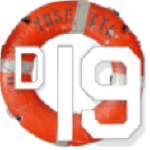
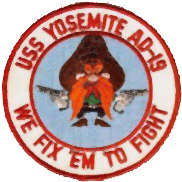 Yosemite Sam is the traditional mascot of the US Navy ship that bears his name. In 1979, Warner Brother Studios gave permission to reproduce Yosemite Sam's likeness for the USS Yosemite use.
Yosemite Sam is the traditional mascot of the US Navy ship that bears his name. In 1979, Warner Brother Studios gave permission to reproduce Yosemite Sam's likeness for the USS Yosemite use.

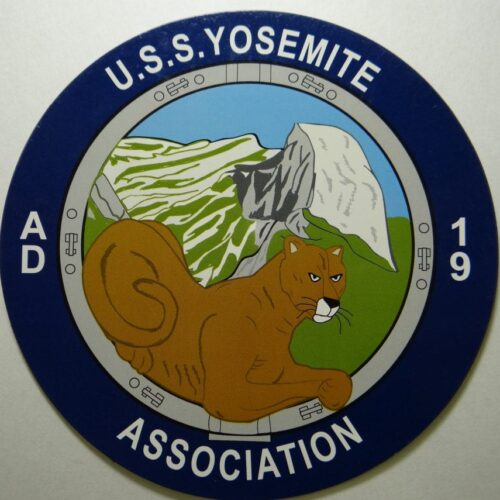
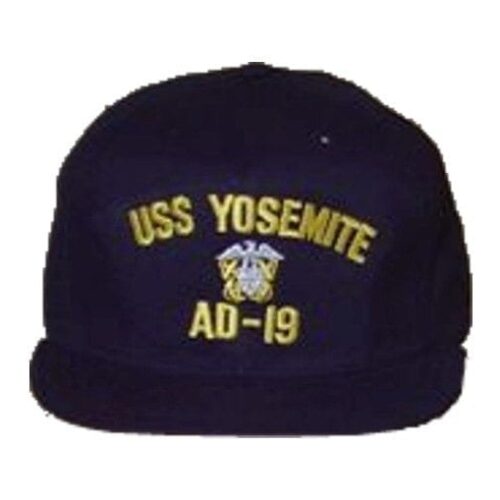
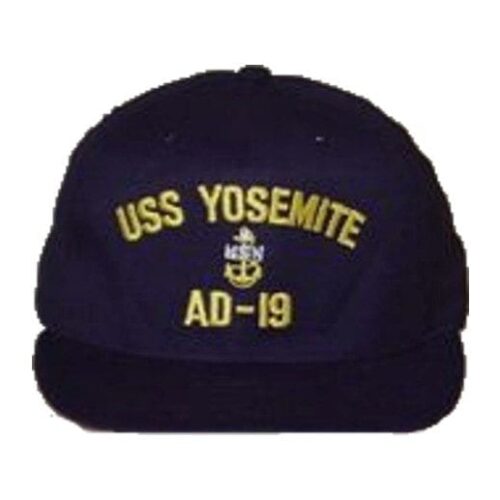
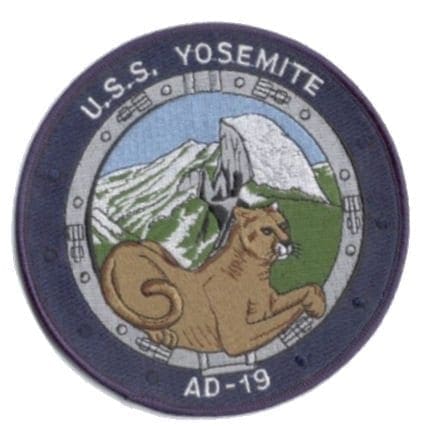
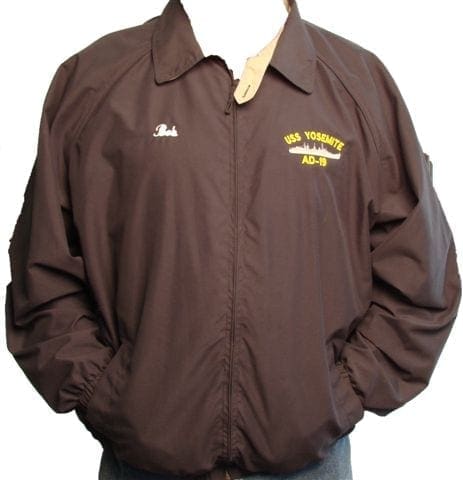
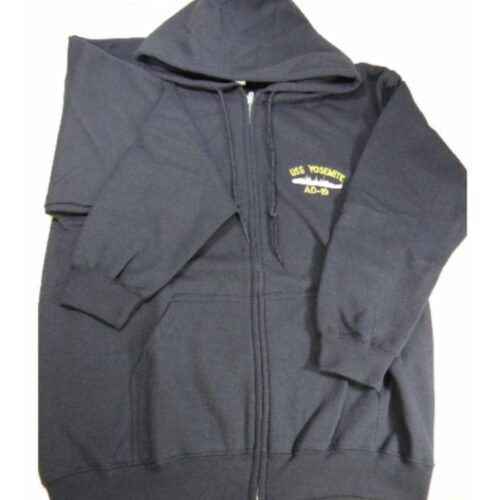
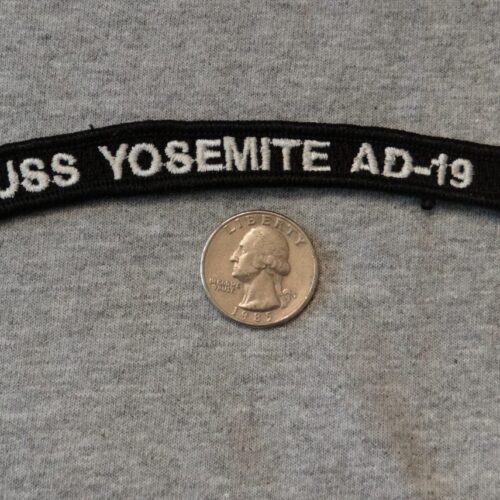
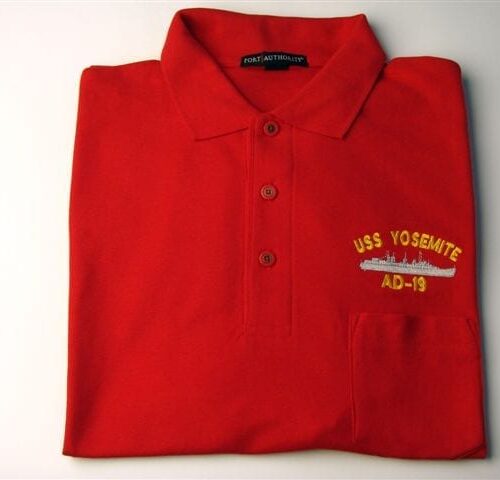
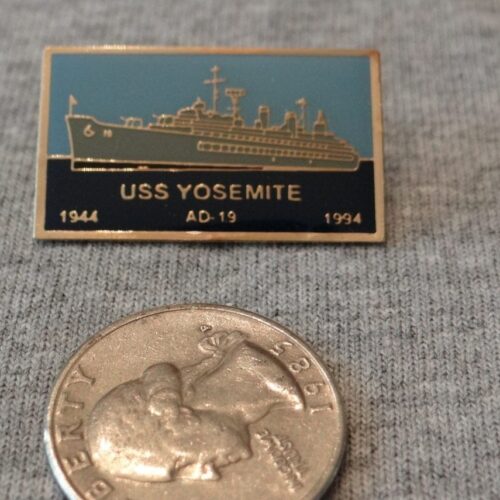
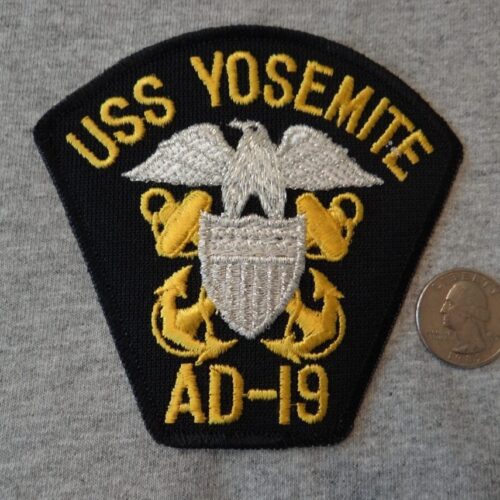
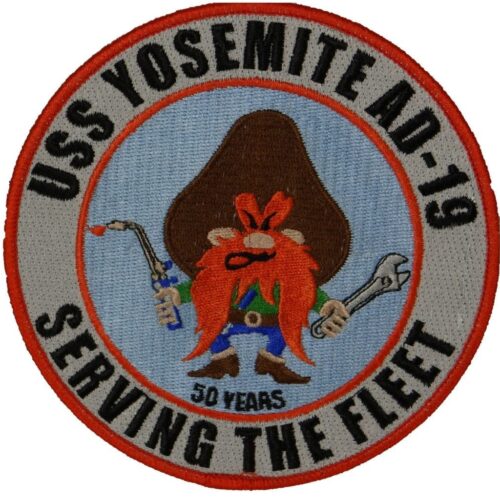
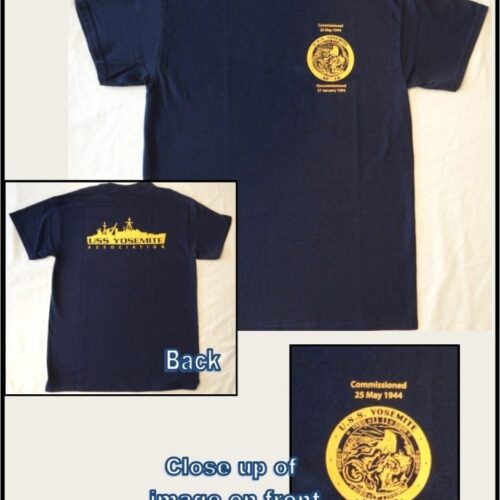
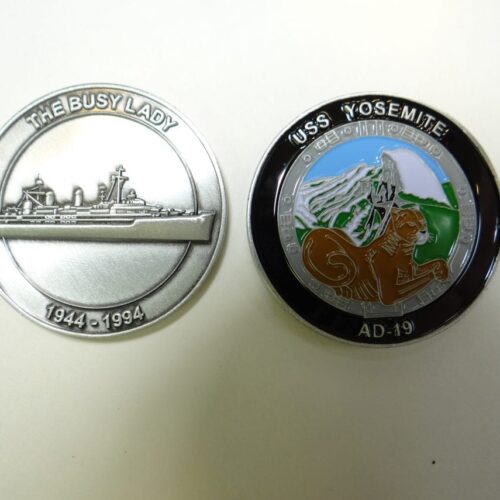
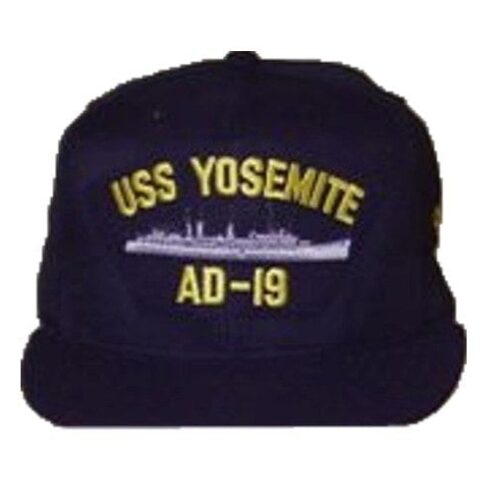
Crew Comments